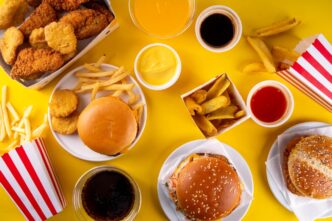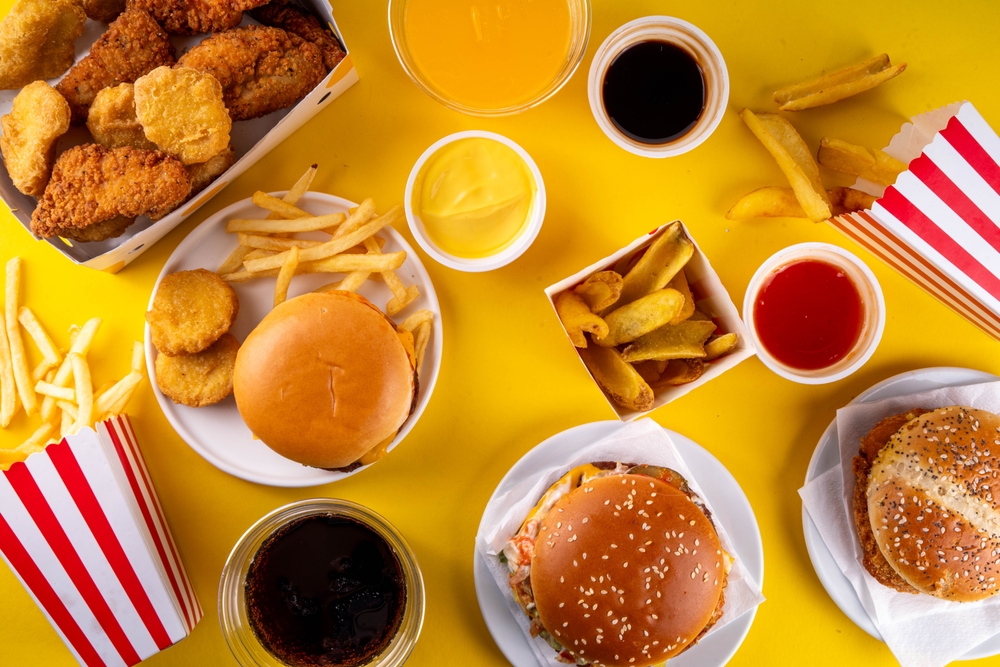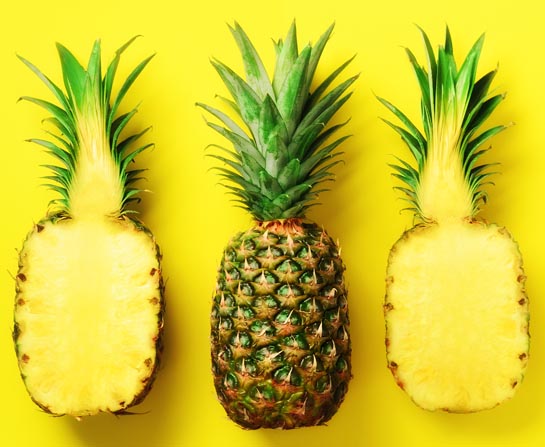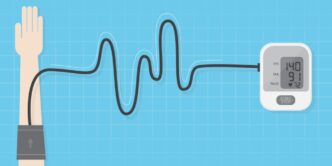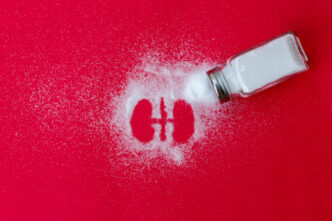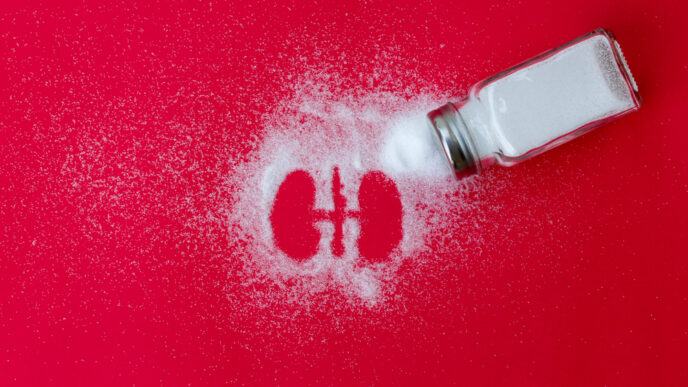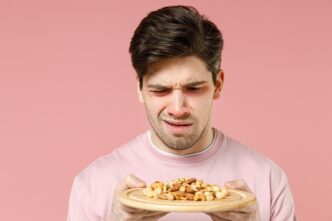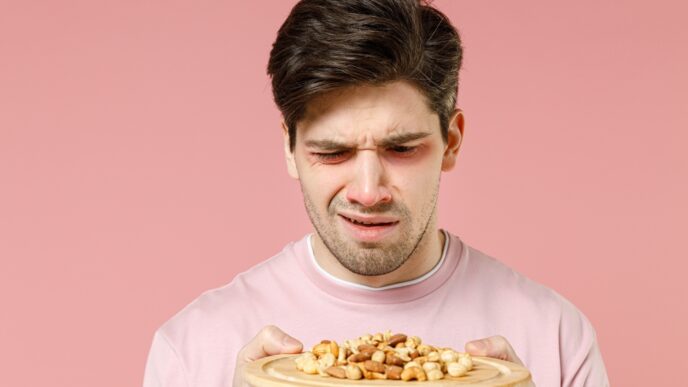Ultra-processed foods (UPFs) has raised controversial discussions among food scientists, food technologists, and the health and nutrition community. Recently, a panel of experts came together at the IMU University to share ideas, opinions and shed light on UPFs and their complexities.
WORDS LIM TECK CHOON
Ultra-processed foods (UPFs) have been getting a lot of bad press lately. From scary headlines to heated debates on social media, it feels like everyone has something to say about them. But what exactly are UPFs? And should you avoid them completely?
Recently, a group of experts gathered at IMU University to tackle these questions and clear up the confusion about ultra-processed foods — and the answers might surprise you.
WHAT’S THE BIG DEAL ABOUT UPFs?
- Non-communicable diseases (NCDs) like diabetes, high blood pressure, high cholesterol and obesity are on the rise worldwide.
- In fact, over 43 million people died from NCDs in 2021 alone. In Malaysia, more than half a million adults are living with these four major health problems.
- Many factors contribute to NCDs, but in recent years, UPFs have been singled out as one of the culprits.
- The trouble is, even the term “ultra-processed food” is causing debate among experts.
ISSUE #1
WHAT EXACTLY ARE UPFs?
The idea of UPFs came from a group of Brazilian scientists between 2008 and 2010.
They noticed rising obesity rates in children and a huge increase in sugary drink consumption in other countries like Mexico.
This led them to suspect a link between health problems and highly processed foods.
In 2010, they came up with the NOVA classification system, which divides foods into four groups:
- Group 1: Unprocessed and minimally processed foods like fruits, vegetables, fresh meat, and pasteurised milk.
- Group 2: Processed culinary ingredients like sugar, salt, and oil used in home cooking.
- Group 3: Processed foods like canned vegetables, cheese, ham, and fresh bread.
- Group 4: Ultra-processed foods (UPFs) — these are industrial products made with ingredients you’d never use at home, like high fructose corn syrup or chemically modified oils.
A Flawed System
 FEATURED EXPERT FEATURED EXPERTPROFESSOR DR CHRISTIANI JEYAKUMAR HENRY Senior Advisor Clinical Nutrition Research Centre (CNRC) Agency for Science, Technology and Research (A*STAR) Singapore |
The NOVA system was created to help people understand how food affects health.
However, Professor Dr Christiani Jeyakumar Henry pointed out that the classification is too simplistic.
- For example, milk formula and sugary soft drinks both fall into the UPF category, even though one is essential for babies and the other isn’t.
- Similarly, a protein bar made with whole ingredients and one packed with sugar and additives would both be labelled as UPFs!
This makes it tough for the average person to figure out what’s truly bad for them.
The System Needs an Upgrade
Most experts in the panel agree that the NOVA system needs an upgrade. “It’s popular because it’s simple, but it’s also misleading,” said Professor Jeyakumar.
The future lies in a classification system that looks at more than just how processed a food is.
It should also consider:
- Nutritional content of the food
- Type of processing involved
- Additives used
- Environmental impact
This would give a clearer picture of what’s actually good, bad, or somewhere in between.
A global taskforce, led by the International Union of Food Science and Technology (IUFoST), is already working on developing such a system.
ISSUE #2
IS A FOOD BEING UPF THE CAUSE OF HEALTH PROBLEMS?
The situation isn’t so clear cut.
- Most studies have not proven that UPFs cause diseases.
- Instead, they show a link or association.
Why Is This Distinction Important?
A correlation, such as a link or association, doesn’t always mean one thing causes the other.
There might be other reasons behind the numbers that someone that consume UPFs may have NCDs. For example:
- It might not be the fact that a food is ultra-processed that makes it harmful, but rather its high sugar, salt, or fat content.
- Someone who eats a lot of UPFs might also smoke more, exercise less, or have higher stress levels — those things could be raising their disease risk.
Without carefully designed studies that rule out other possible causes, it’s impossible to say for sure if UPFs are the main reason people are getting sick, or if UPFs are just part of a bigger, more complicated picture.
Two Examples That Highlight This Issue
One example was brought up during the forum: a study that claimed UPFs increased heart disease risk didn’t account for the fact that these foods were also high in sugar, salt and fat, any of which could have been the real problem.
Another interesting example is a study in Singapore that compared local favourites like chicken rice, roti canai and nasi lemak with Western fast foods (which are categorised as UPFs).
- It found that while both had similar fat content, the local dishes actually had more calories, sodium, and cholesterol — all factors linked to heart disease and obesity!
Professor Dr Jeyakumar, therefore, stated that at this point in time, we cannot simply single out UPFs as the cause of problem until we have more concrete research data.
ISSUE #3
WHAT A ‘PROBLEM FOOD’ IS MAY DEPEND ON WHERE YOU LIVE
 FEATURED EXPERT FEATURED EXPERTPROF IR M AMAN WIRAKARTAKUSUMAH Rector IPMI Institute Indonesia |
 FEATURED EXPERT FEATURED EXPERTPROFESSOR DR WINNIE CHEE Head of the Centre for Transformative Nutrition and Health IMU University |
- If our main source of food were street food and traditional foods, it would be more useful to focus on the nutritional values of those foods rather than worrying about UPFs.
- The panel also highlighted that factors such as local behaviour, environment, and commercial determinants of health play a crucial role in shaping the risk of any disease.
In Fact, UPFs May Play an Important Role
Professor Ir M Aman Wirakartakusumah highlighted that, that for some groups, prepacked UPFs might be the most important source of macro- and micro-nutrients.
- For example, in Indonesia, a study on a group of people found that up to 20% of calorie and protein intake came from UPFs which also contributed to 20% of their protein intake.
Professor Dr Winnie Chee pointed out that in Malaysia, we face a double burden of undernutrition and obesity.
- In some cases, processed foods like oral nutrition supplements, which are also classed as UPFs, can be life-saving essentials for malnourished patients.
Food processing itself isn’t always a bad thing.
- It helps prevent food contamination, extends shelf life, and reduces food waste.
- Canning, vacuum packing and fermenting have all made food safer and more sustainable, especially in places without reliable refrigeration.
Hence, Professor Aman concluded that, instead of ditching processed food altogether, we should improve food processing.
WHAT WE SHOULD DO IN THE MEANTIME
As the experts attempt to resolve the issues around UPFs, here are some steps we can adopt to make the most out of UPFs while minimizing potential health risks.
- Learn to read food labels. Ignore marketing buzzwords like “natural” or “low fat”; look instead at the nutrition facts and ingredients list instead.
- Support food literacy in schools. Kids should be taught early on how to make smart food choices.
- Use apps and online tools to check a product’s nutritional value when you shop.
At the same time, food companies and governments should collaborate to make healthier foods more affordable and accessible.
Incentives, subsidies and reformulation of products to reduce sugar, salt and unhealthy fats can go a long way to make foods healthier for the population.
CONCLUSION
- The experts agreed on one thing: processed foods aren’t going away.
- The goal should not be to ban processed foods, but to encourage healthier, balanced diets and better food choices.
As Professor Winnie Chee put it: “The entire food environment and ecosystem should support healthier eating habits. To do this we will need the collaboration of all stakeholders – from consumer, manufacturers, scientific community and government – to refine the definitions, advocate responsible processing and increase the awareness of healthy lifestyles.”
| This article is part of our series on foods and how consuming these foods can affect various aspects of our health. |

